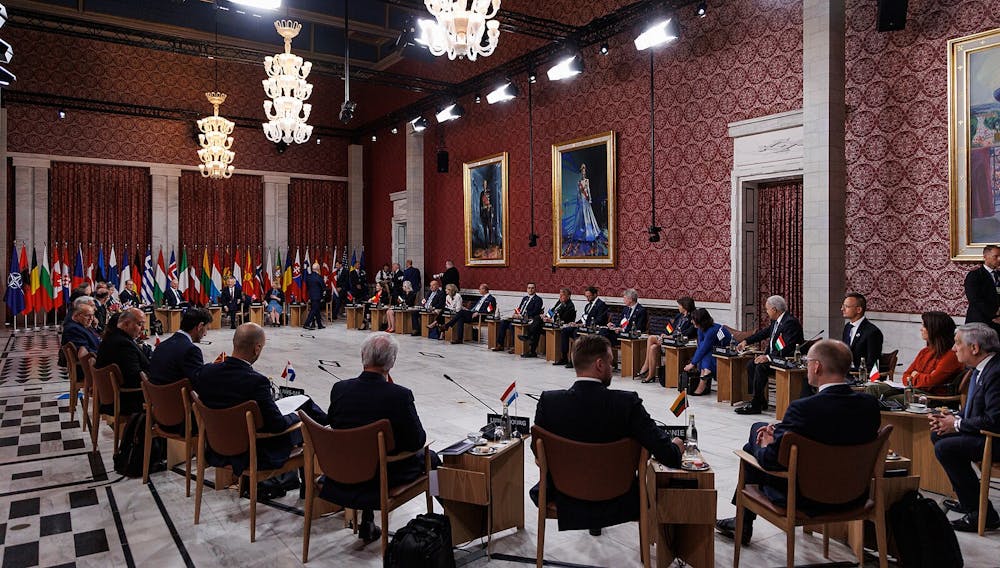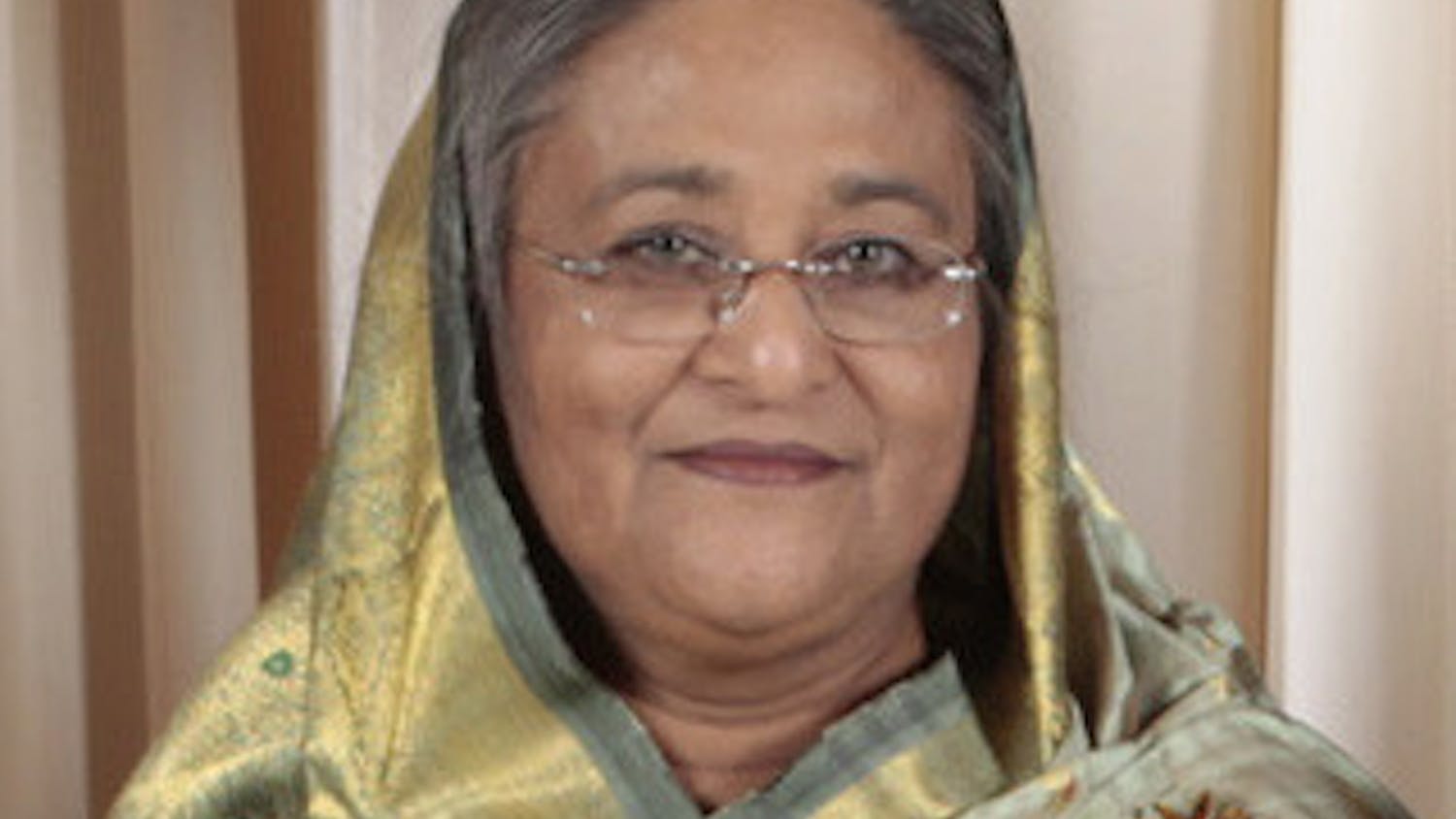By Leah Cruz
Staff Writer
Russia has officially announced its withdrawal from the Treaty on Conventional Armed Forces in Europe (CFE) treaty on Nov. 7, a decision that leaves the future of arms control in Europe uncertain.
Negotiated toward the end of the Cold War, the security treaty was originally signed in Nov. 1990 to limit the Soviet Union’s military advantage by “setting equal limits on the number of tanks, armored combat vehicles (ACVs), heavy artillery, combat aircraft and attack helicopters that NATO and the Warsaw Pact could deploy between the Atlantic Ocean and the Ural Mountains,” according to the Arms Control Association.
In 2007, Russia had suspended participation in the treaty, and in 2015, the nation had halted its active participation, according to Reuters. The recent announcement was an official and complete withdrawal from the treaty.
The announcement comes as Russia continues to be actively engaged in the war against Ukraine, utilizing the nation’s large artillery of armed forces that the treaty aims to restrict.
Many North Atlantic Treaty Organization (NATO) members who have been part of the CFE treaty in an effort to actively prevent European nations from the misuse of conventional weapons have also pulled out of the agreement following Russia’s withdrawal.
“A situation whereby Allied State Parties abide by the Treaty, while Russia does not, would be unsustainable,” NATO said in a statement.
Some others, such as Germany and its allies, have chosen to remain parties to the treaty in hopes that Russia will change its mind, according to AP News.
“In the case of a fundamental change in Russia’s behavior, a renewed implementation of the CFE remains possible,” said the German Foreign Ministry.
The Russian foreign ministry cited the United States’ push for the expansion of NATO and the end of the Cold War as justification for pulling out of the treaty, according to Reuters.
"The CFE Treaty was concluded at the end of the Cold War, when the formation of a new architecture of global and European security based on cooperation seemed possible, and appropriate attempts were made," the ministry said.
Earlier this month, on Nov 2., Putin also signed a bill revoking the ratification of Russia’s participation in a global treaty that bans nuclear testing, according to The New York Times.
As for the U.S., Russia's recent decision leaves the New Strategic Arms Reduction Treaty (START) as the last standing nuclear weapons agreement between the two nations, although Russia has suspended participation in the treaty since February, according to AP News.
The U.S., along with other NATO members, continue to condemn the actions of Russia. U.S. National Security Advisor, Jake Sullivan, commented on Russia’s decision and the plans for the U.S. and other allied nations moving forward to reinforce global security.
“The United States, our NATO Allies, and our responsible partners remain committed to effective conventional arms control as a critical element of Euro-Atlantic security,” he said in a statement. “We will continue to pursue measures that aim to bolster stability and security in Europe by reducing risk, preventing misperceptions, avoiding conflicts, and building trust.”







